Top speed 280 km/h Wingspan 12 m First flight November 1935 Designer Edgar Percival | Length 7.77 m Retired 1945 Manufacturer Hunting Aircraft | |
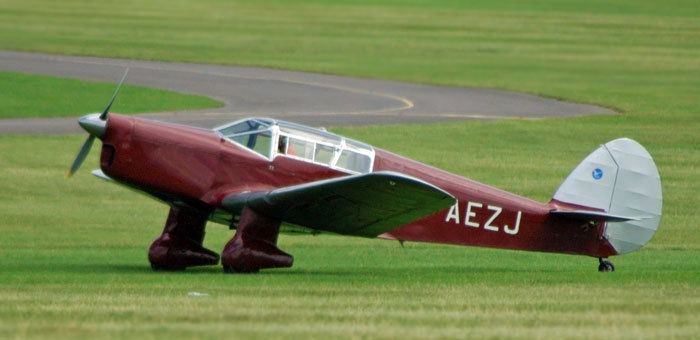 | ||
Percival vega gull
The Percival Vega Gull was a 1930s British, four-seater touring aircraft built by Percival Aircraft Limited. It was a single-engine, low-wing (Folding), wood-and-fabric monoplane with a fixed tailwheel undercarriage.
Contents
- Percival vega gull
- Design and development
- Operational history
- Variants
- Civil Operators
- Military operators
- Specifications Vega Gull Gipsy Six Series II
- References
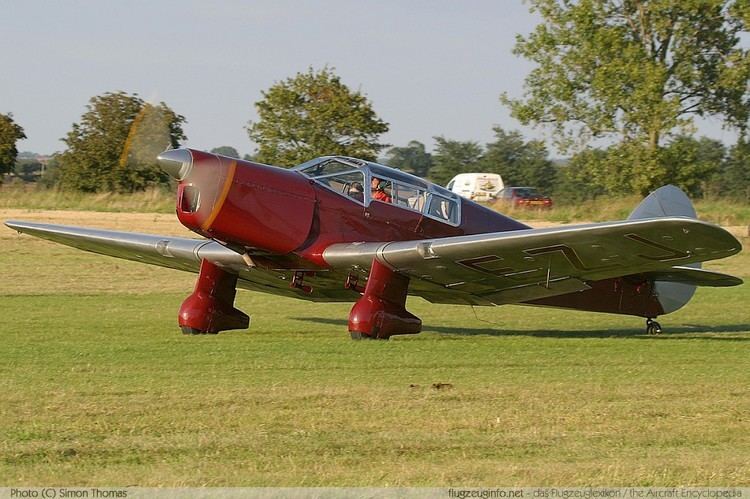
Design and development
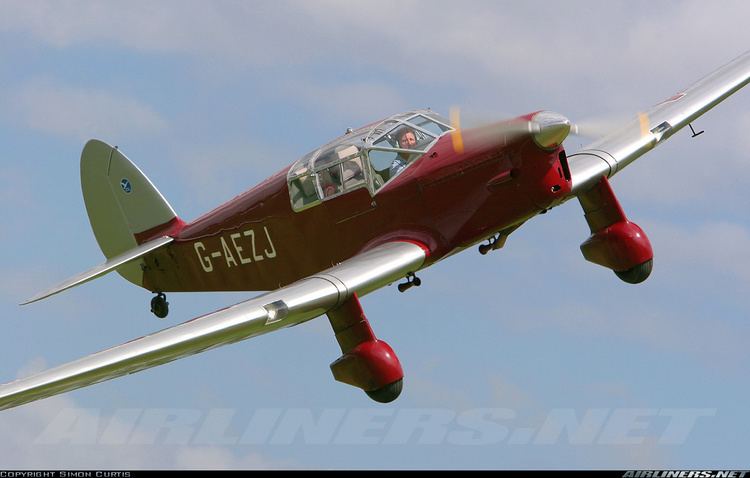
Built by Percival Aircraft of Gravesend and Luton (after 1936 when Percival Aircraft became a Limited Company), the 'K-Series' Vega Gull was a development of their earlier 'D-Series' Gull. The main changes from the earlier design were the provision of an additional fourth seat, dual controls and flaps. The fuselage was widened and the wingspan increased. Increases in drag were compensated for by reducing parasitic drag from exterior fittings such as hinges and actuation horns. This work was largely attributable to the arrival at Percivals of the talented aircraft designer Arthur Bage. Thus, the Vega Gull was very nearly as fast as the more svelte Gull Six. Payload, range and utility were all much improved. The prototype G-AEAB first flew from Gravesend in November 1935.
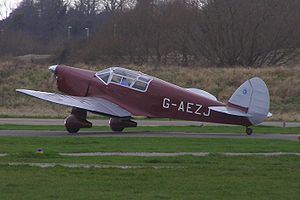
The Vega Gull retained the de Havilland Gipsy Six air-cooled inline engine introduced in the D.3 Gull Six of 1934. Most examples were fitted with the optional DH Gipsy Six Series II engine in conjunction with the DH-PD30 VP airscrew. The final Mk II examples were fitted with a curved windscreen (the earlier examples had a multi-faceted windscreen of flat panels) similar in appearance to the early marks of the Proctor.
Operational history
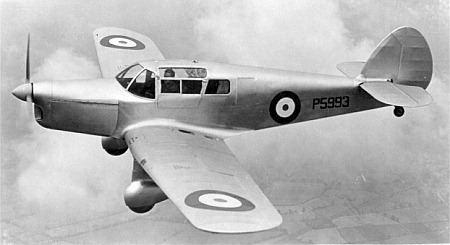
A Vega Gull named "Messenger" was used by Beryl Markham on her transatlantic flight 4–5 September 1936, the first solo east-to-west crossing by a woman.
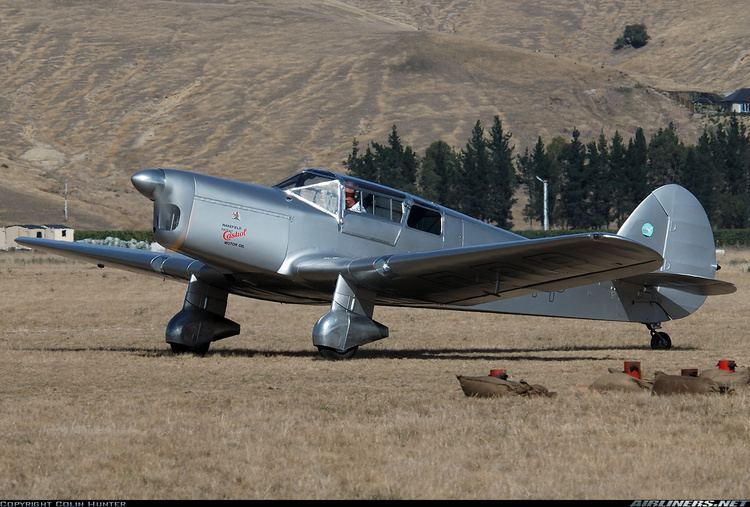
Two early production Vega Gulls were entered into the Schlesinger Race from England to Johannesburg, South Africa. C.W.A. Scott and Giles Guthrie flying Vega Gull G-AEKE was the only finisher landing at Rand Airport on 1 October 1936. The aircraft had left Portsmouth 52 hours 56 minutes 48 seconds earlier. With the publicity of the win, Percival set up a production line at larger premises at Luton. The new type was an immediate success with production running to 90, the last production aircraft having its maiden flight on 27 July 1939.
The Vega Gull was widely used by British and Commonwealth aviators during the later years of the "Golden Age" of record-setting aviation during the 1930s. Alex Henshaw, Jim Mollison, Amy Johnson, Beryl Markham, C.W.A. Scott and others, won races and broke records to South Africa, South America, Australia and New Zealand, to name but a few.
In addition to civil orders, 15 were ordered by the Air Ministry. Of these, 11 served with 24 Squadron Royal Air Force on communications duties and two were issued to the Fleet Air Arm, which was yet to come under Admiralty control. The remaining two were used by the British air attachés in Buenos Aires and Lisbon. A third aircraft for use by the British air attaché in Berlin was seized by the Germans at the outbreak of the Second World War. It remains unclear whether the Luftwaffe subsequently used this machine.
After the outbreak of war, Vega Gulls were requisitioned for military use. In the UK, 21 were impressed in 1939-40, 14 for the RAF and seven for the FAA. Two aircraft were impressed in each of Australia and India, while one other was "called to the colours" in New Zealand.
By the end of the war, the Vega Gull had been largely supplanted by its younger sibling, the Proctor, of which more than 1,100 were manufactured. Most Proctors, especially the later examples, were slower and more cumbersome than the original Vega. Despite the obvious drawbacks of its wooden airframe in terms of durability, the Vega Gull compares favourably with more modern designs. To save hangar space, the wings could be folded to reduce the space needed for storage.
Variants
Civil Operators
Civil Vega Gulls have been registered in the following countries; Argentina, Australia, Belgium, Canada, France, Germany, India, Iraq, Japan, Kenya, Netherlands, New Zealand, Sweden, Switzerland, United Kingdom and United States.
Military operators
Specifications (Vega Gull, Gipsy Six Series II)
Data from British Civil Aircraft 1919–1972: Volume III.
General characteristics
Performance
